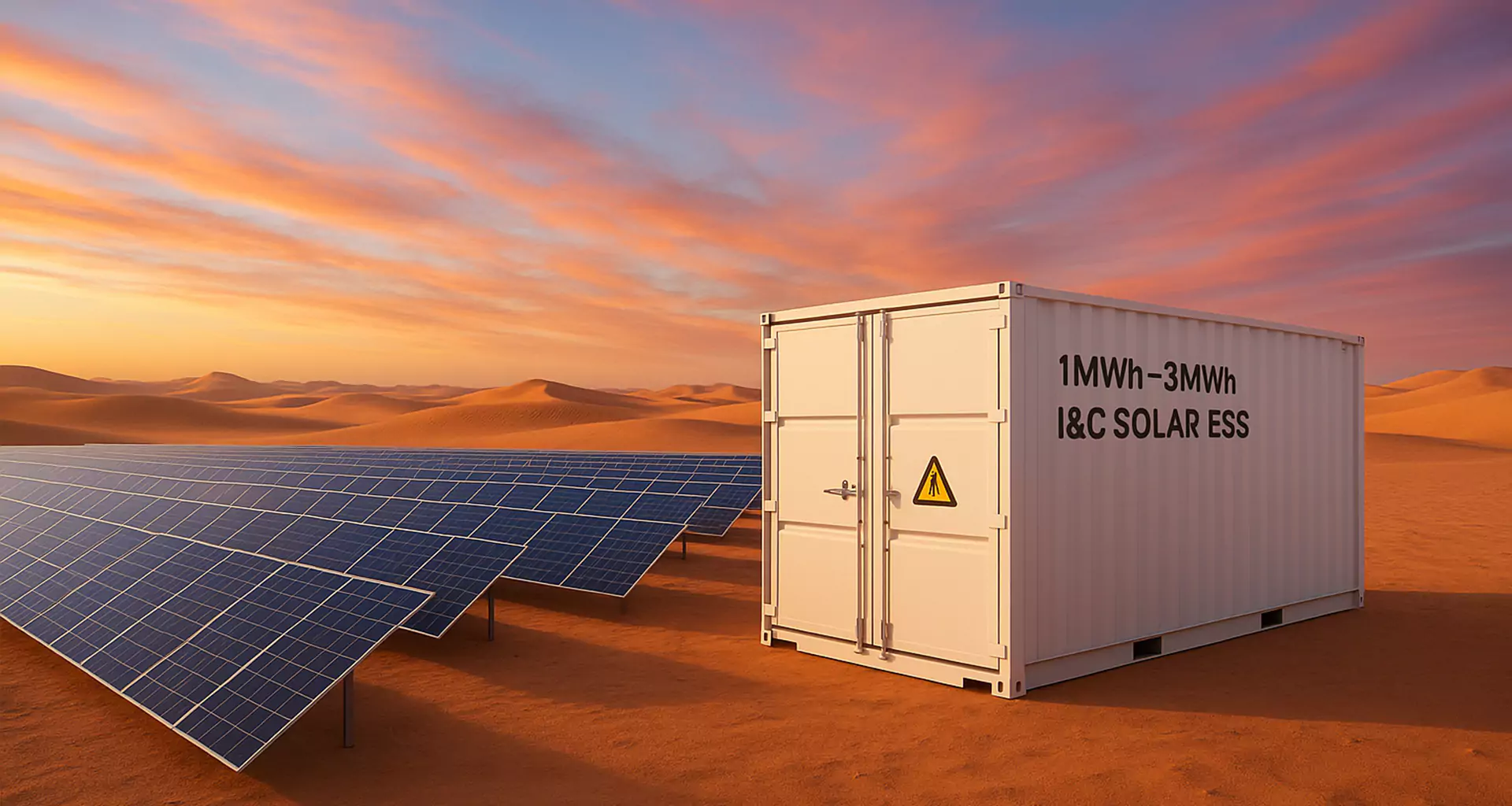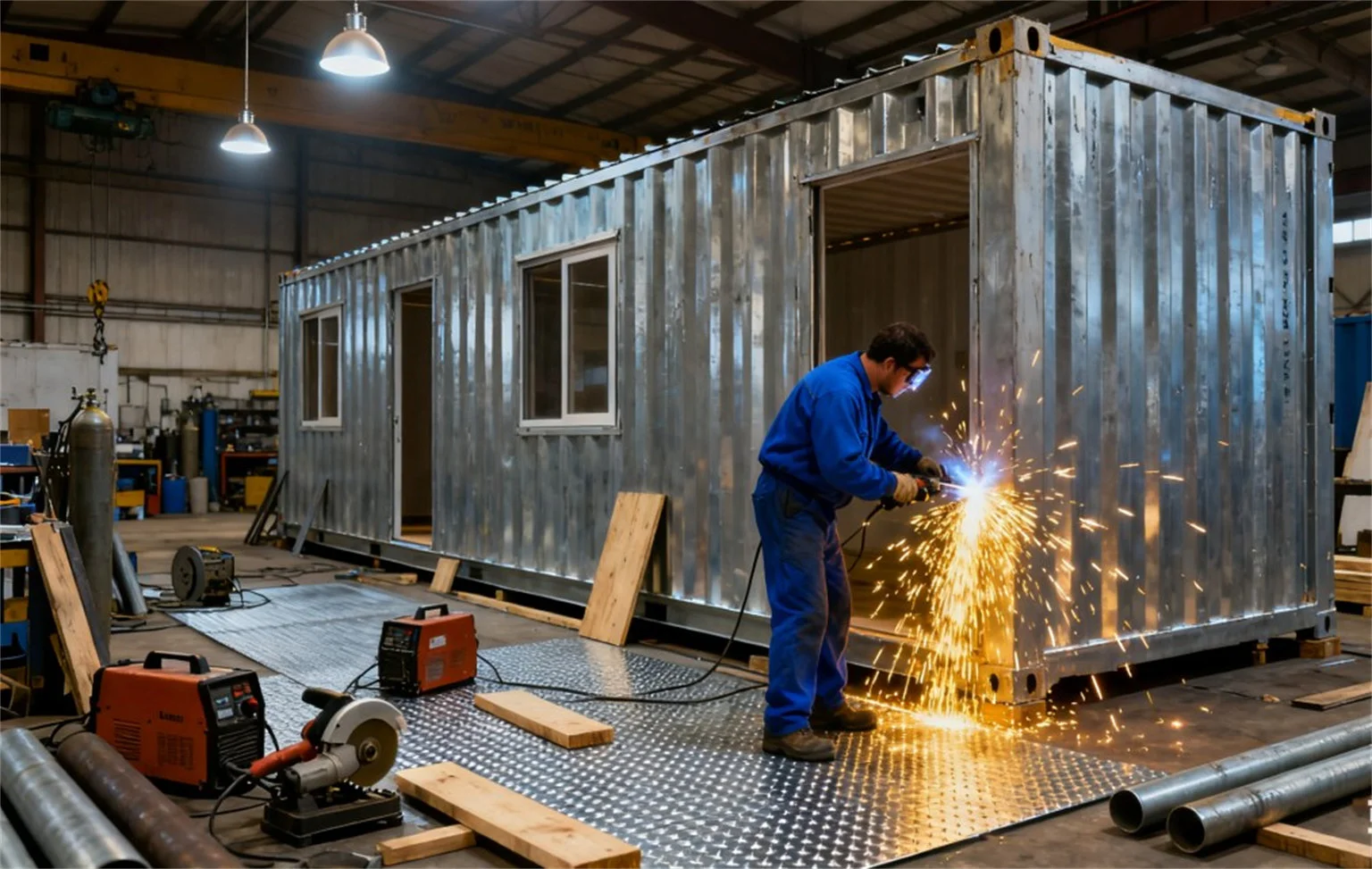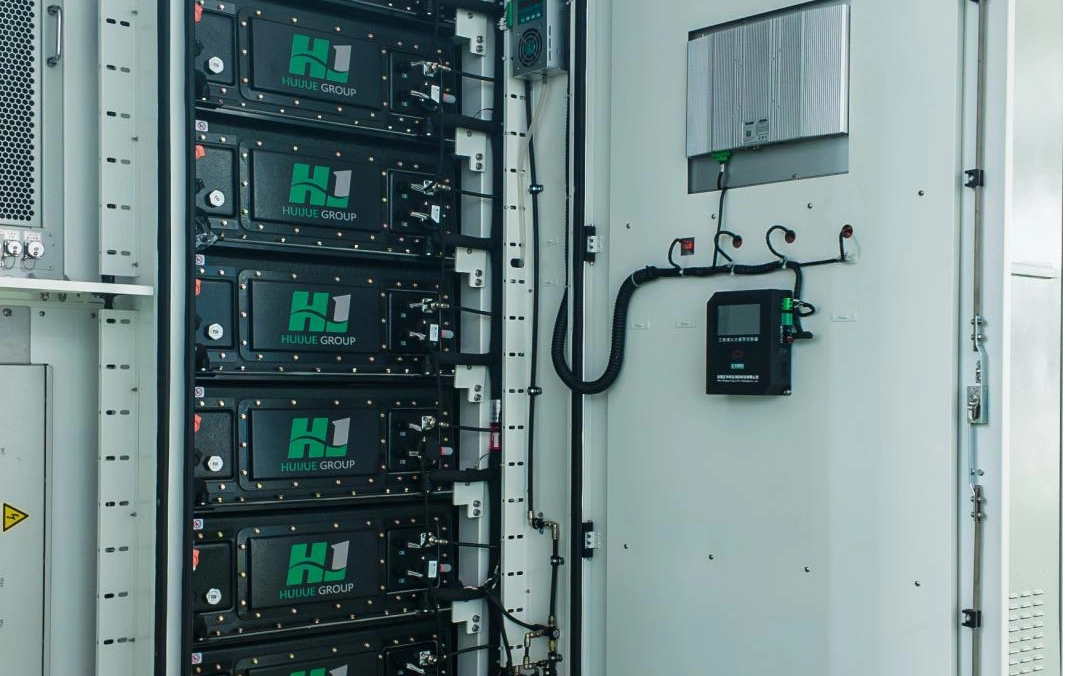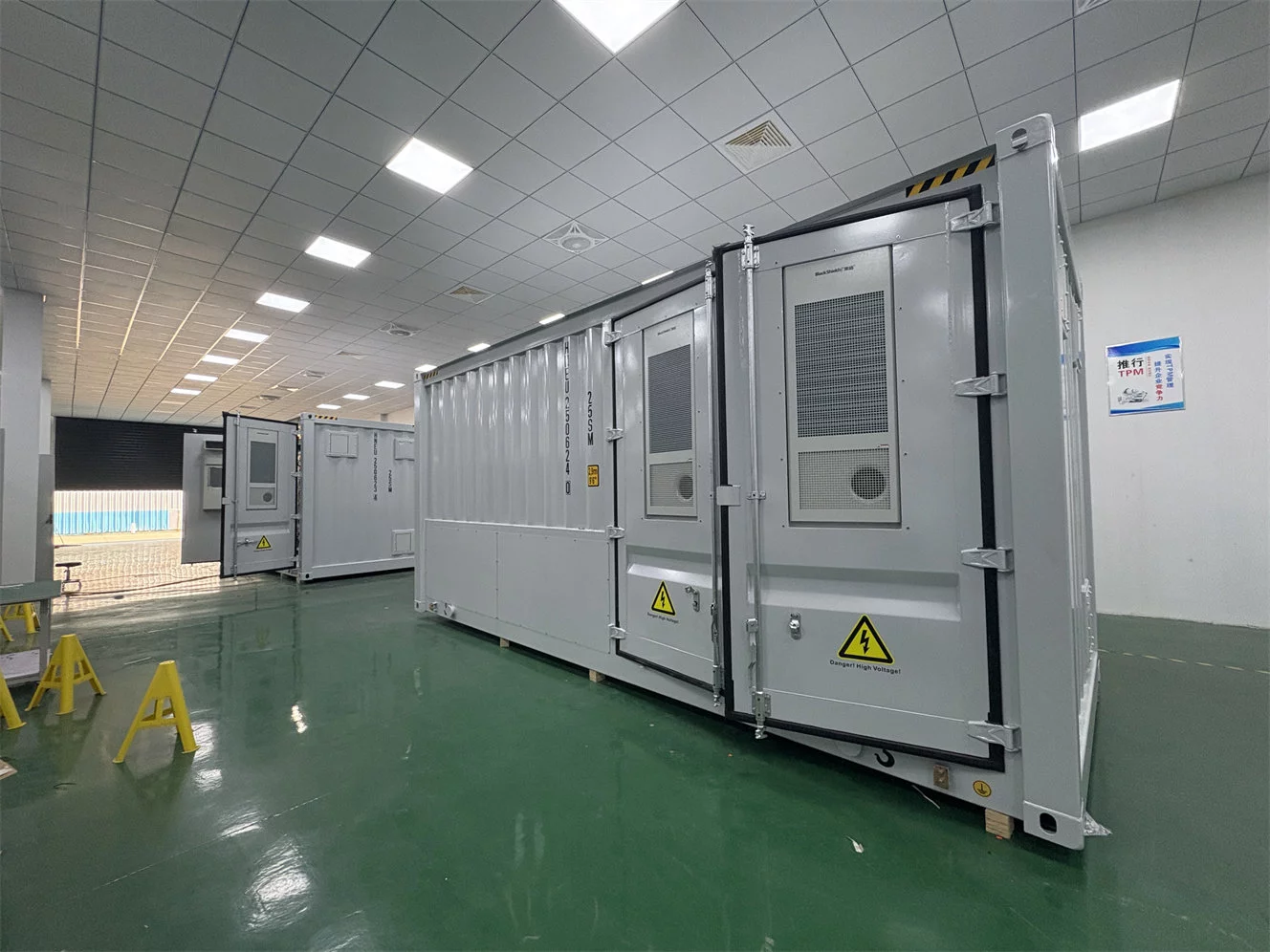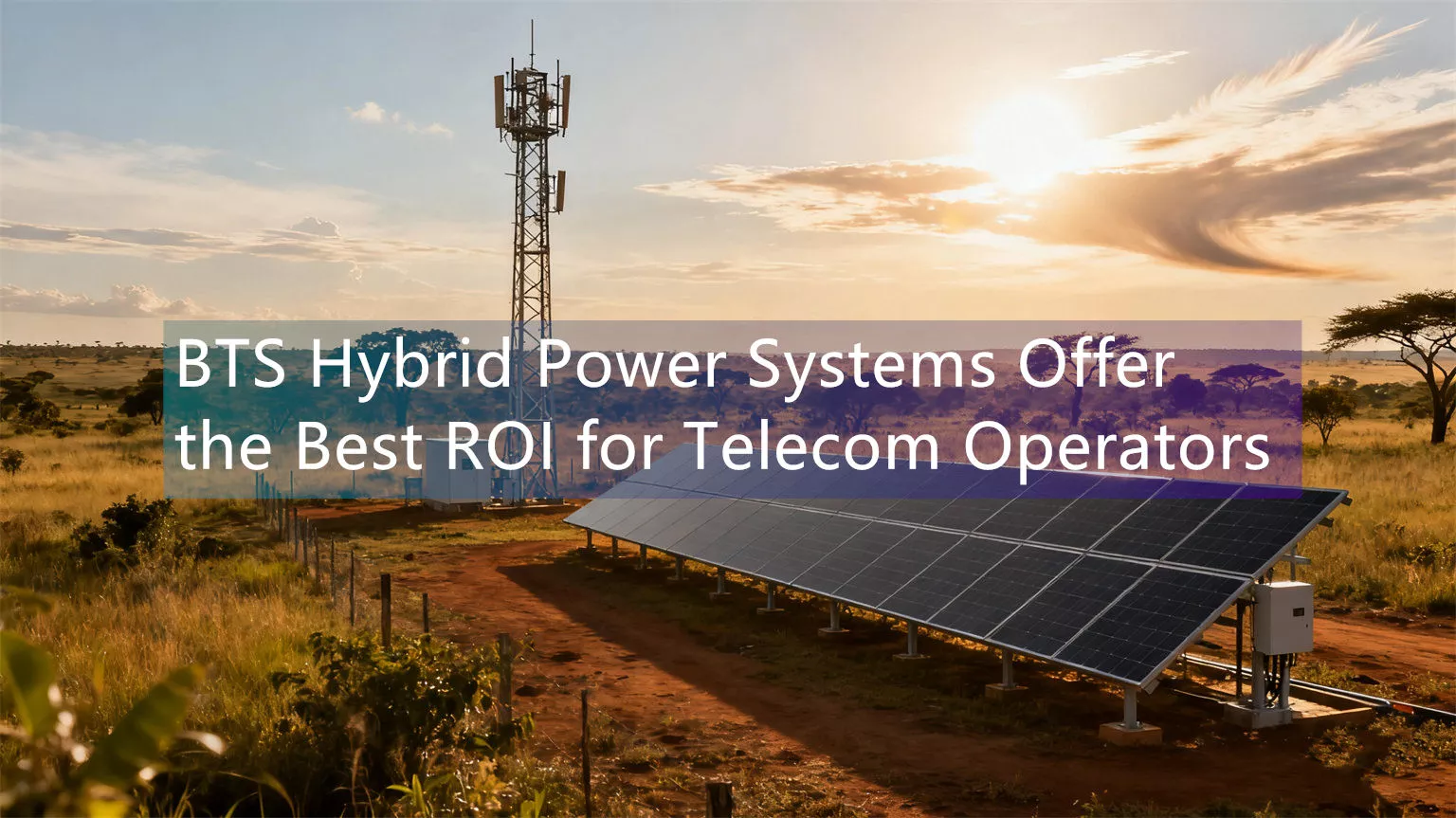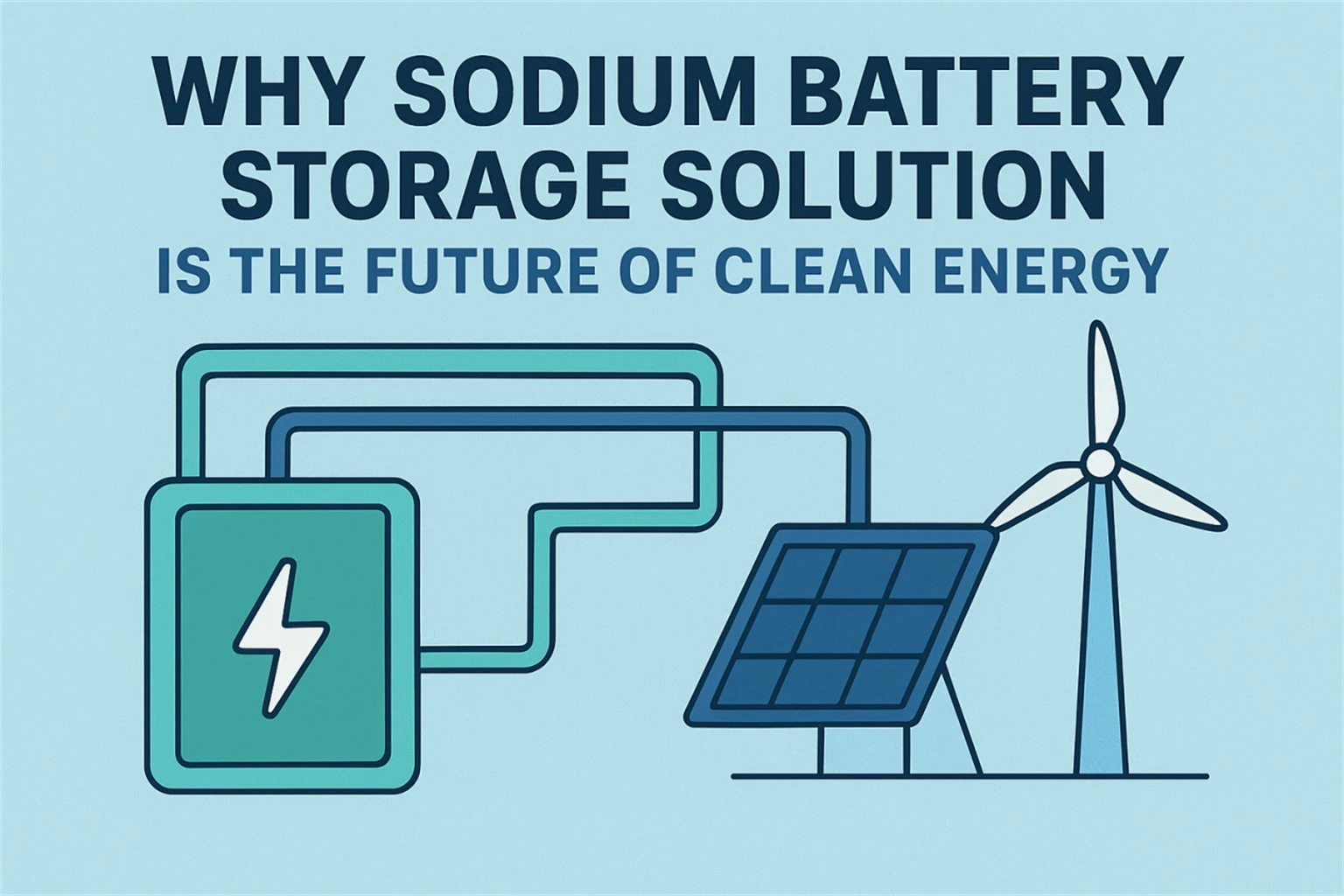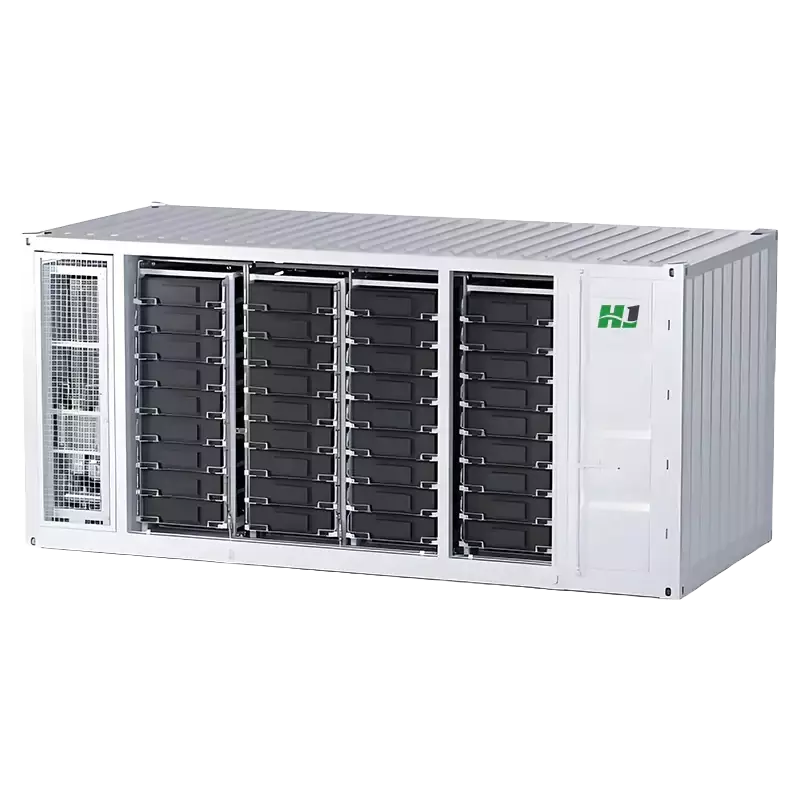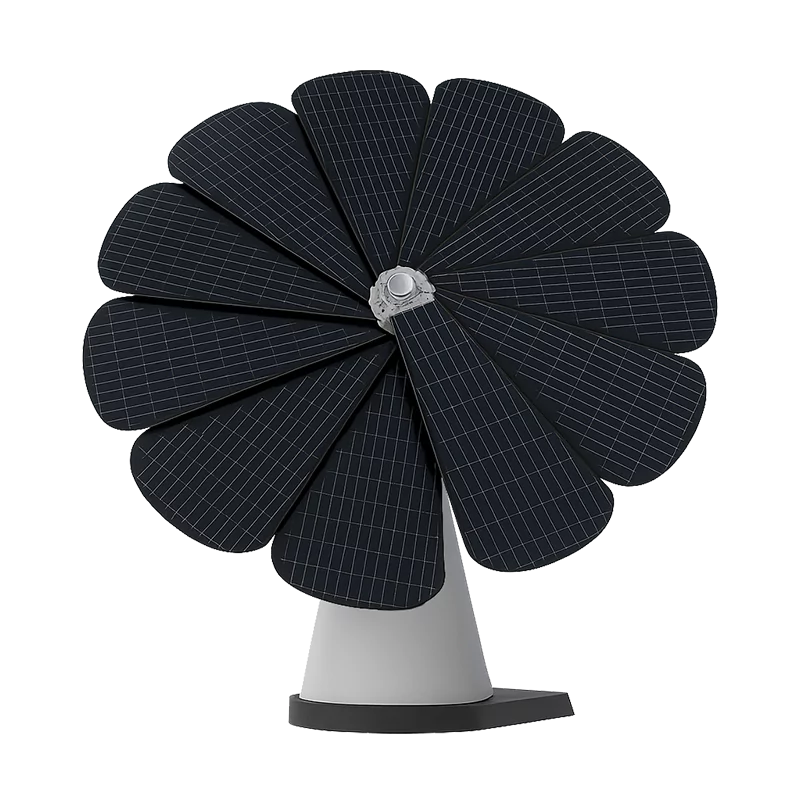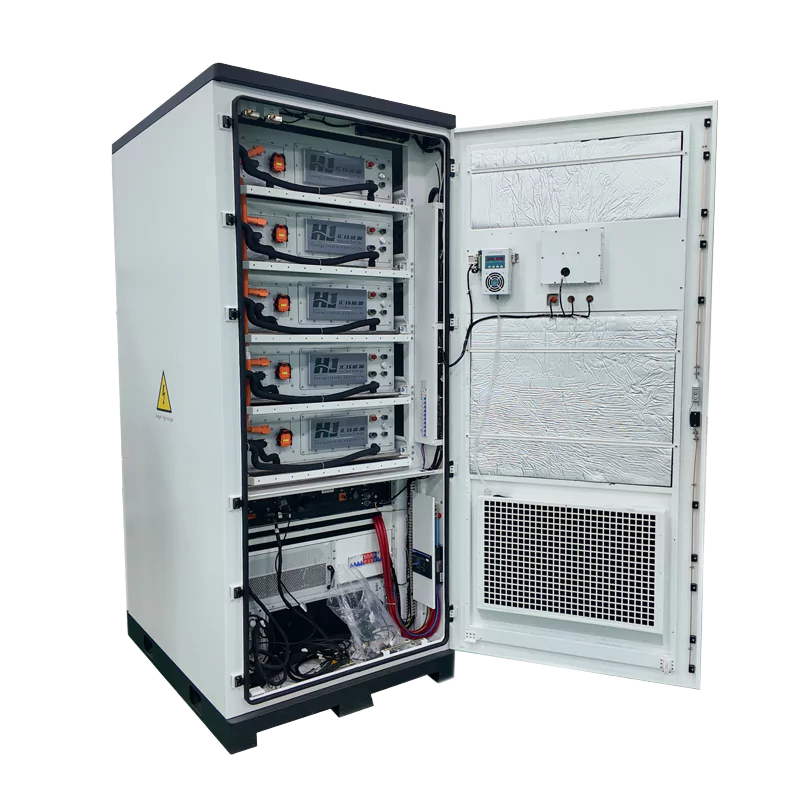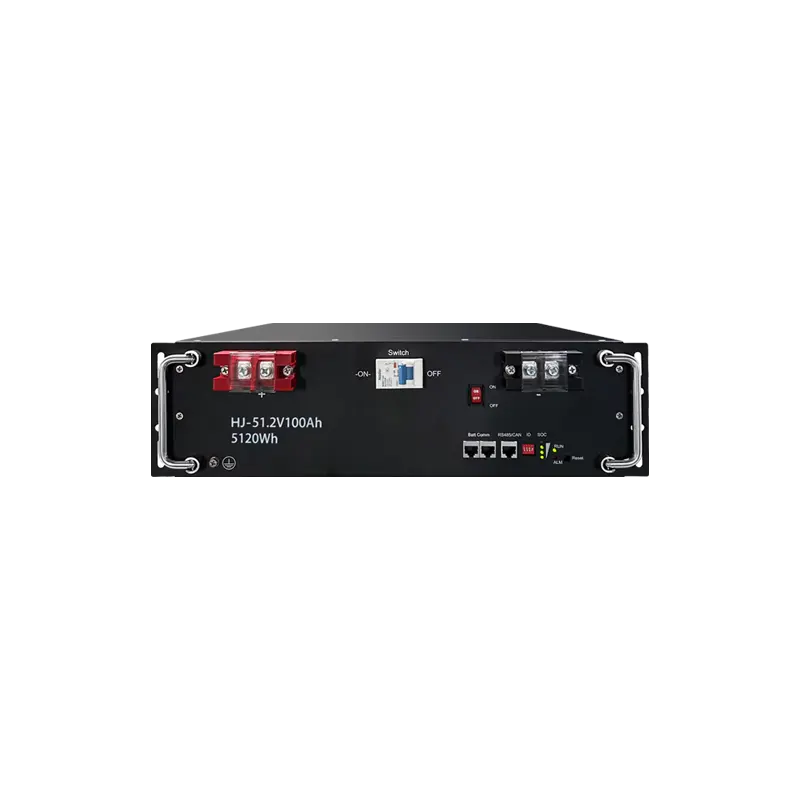UNDP’s 72-Hour BTS Energy Box Deployment for Philippine Typhoon Rescue
Introduction
The Philippines, positioned in one of the world’s most typhoon-prone regions, regularly faces devastating storms that disrupt the nation’s infrastructure. When Typhoon Haiyan struck in 2013, over 90% of telecom towers had been damaged, leaving tens of millions cut off from critical communication. The United Nations Development Programme (UNDP) diagnosed the pressing want for a solution and responded by deploying rapid-response BTS (Base Transceiver Station) Energy Boxes to ensure communication resilience in disaster-hit areas.
HighJoule specializes in offering disaster-ready telecom power solutions, including containerized power systems and solar-hybrid power storage designed for typhoon-prone zones. While we were not directly involved in the UNDP project, our energy storage solutions help similar initiatives, ensuring uninterrupted off-grid electricity for telecom infrastructure during critical times.
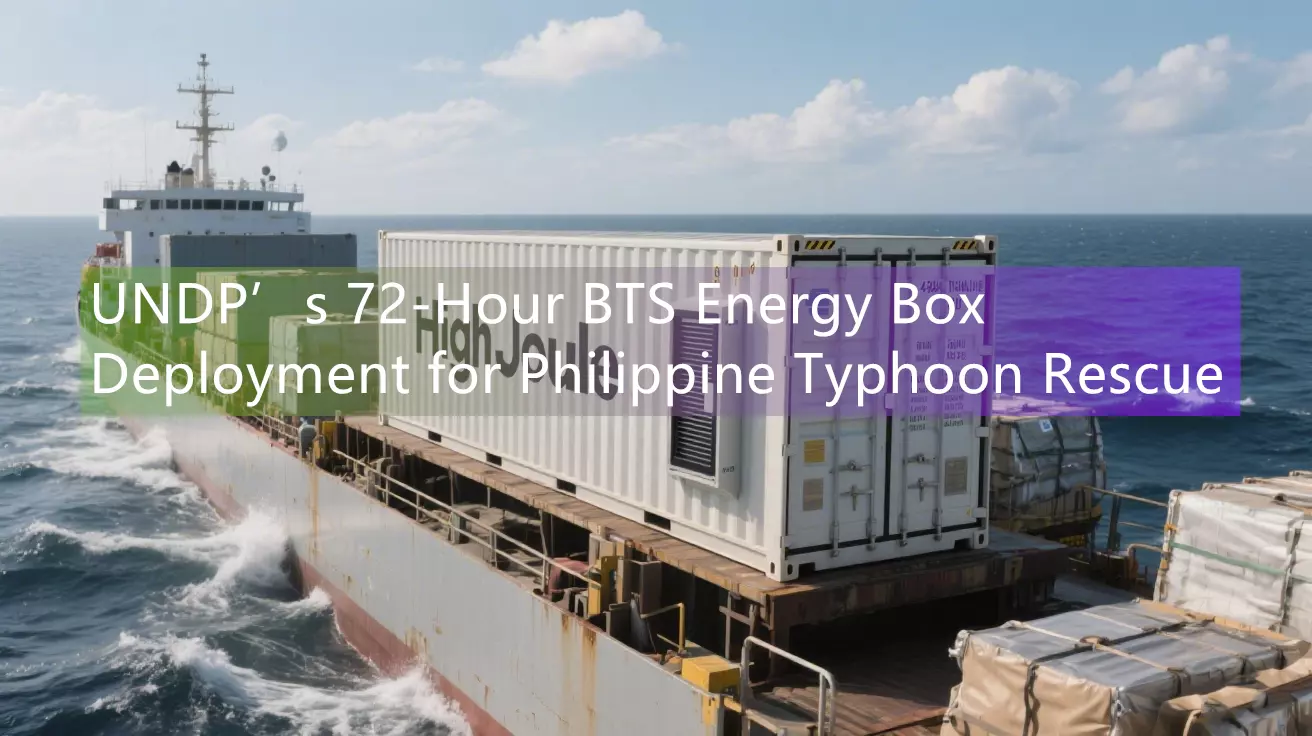
The Challenge: Typhoons and Communication Failures
Typhoon Impact on Telecom Networks
The Philippines faces an average of 20 typhoons annually, with some, like Typhoon Haiyan (2013) and Typhoon Rai (2021), leaving substantial areas without electricity and communication for days or weeks. After Typhoon Rai, 227 cities were without electricity, and 136 cities experienced communication blackouts. The UNDP has constantly addressed this vulnerability by deploying power solutions that restore critical telecom services to affected areas within hours, drastically reducing downtime and facilitating disaster response efforts.
Impact of Typhoon Haiyan (2013):
- Over 6,000 lives lost and catastrophic telecom infrastructure damage.
Typhoon Rai (2021):
- 72+ hours of BTS downtime, hindering rescue efforts.
Typhoon Doksuri (2023):
- 12 isolated barangays restored to 100% operational communication within 36 hours using rapid-deployment power systems.
UNDP’s Rapid Deployment of BTS Energy Boxes
Project Overview
In response to recurring storm disasters, the UNDP initiated the deployment of BTS Energy Boxes in the most disaster-vulnerable areas of the Philippines. These containerized hybrid power systems combine solar energy, lithium-ion batteries, and diesel backup to provide reliable off-grid power for telecom base stations during emergencies. The goal is to restore lifeline communication quickly, usually within three hours of a disaster, and ensure operational continuity of communication networks.
Key Objectives of the UNDP Initiative
- Lifeline Communication Restoration: Restore emergency communication channels for rescue coordination and local support.
- Sustainable Recovery: Transition from fossil-fuel-dependent power solutions to solar-wind hybrid systems, reducing carbon emissions by up to 70% compared to diesel generators.
- Disaster Preparedness: Pre-position BTS power units in high-risk zones to ensure quick recovery when disaster strikes.
HighJoule’s Role in Supporting Sustainable Communication Solutions
HighJoule’s range of BTS energy box solutions are highly aligned with the goals of this project. Our modular energy storage systems are designed to meet the challenge of providing rapid response power after natural disasters:
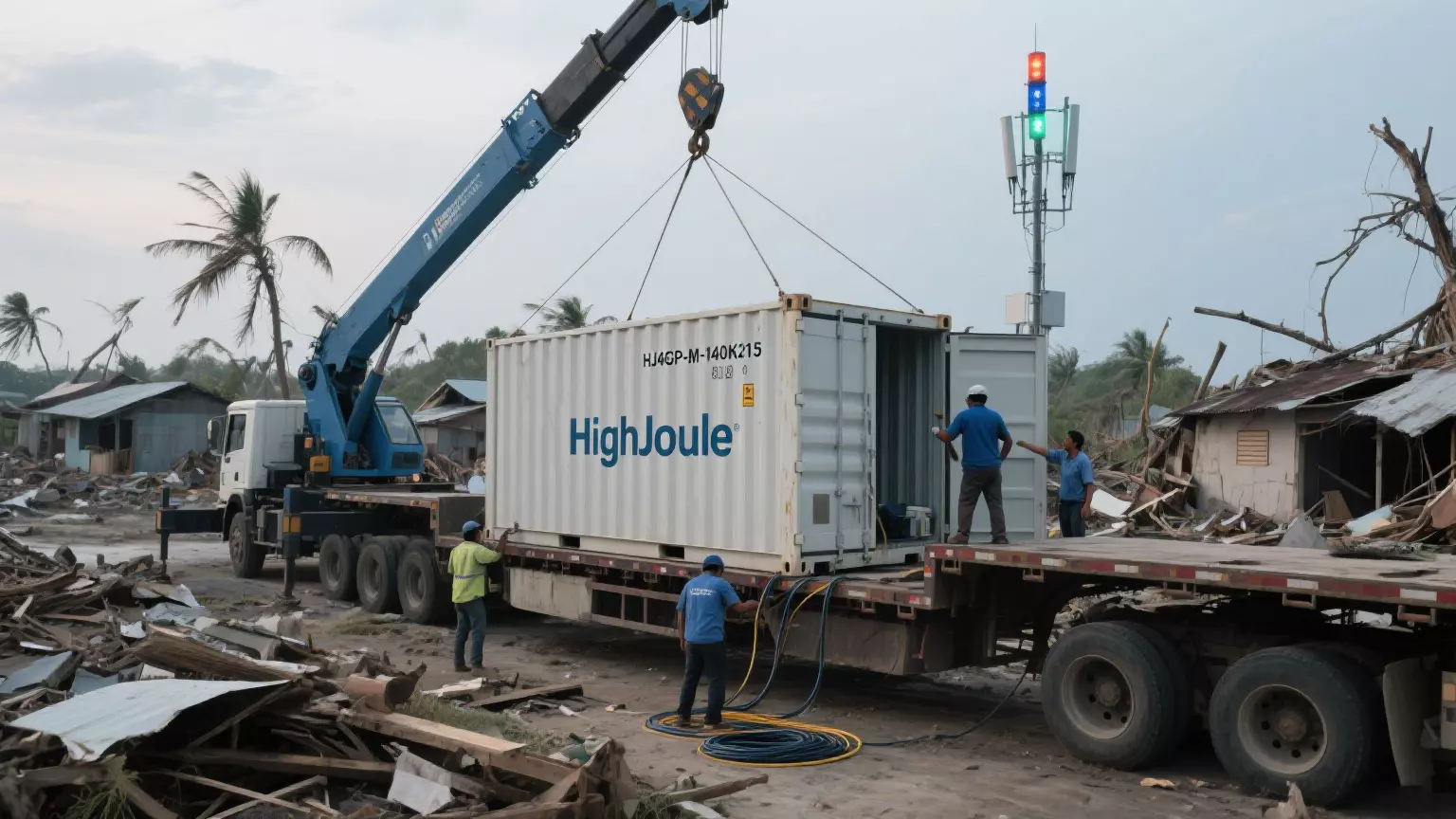
HighJoule’s Key Products for Typhoon Response
- Outdoor Communication Energy Cabinet (HJ-SG-R01): A compact, weatherproof device designed for fast deployment in disaster zones. It features lithium-ion batteries and smart photovoltaic control to provide stable power for BTS equipment, even in fluctuating weather. During Typhoon Doksuri (2023), this unit was airlifted to 12 remote barangays, restoring connectivity within 36 hours.
- 430KWh Portable Foldable PV Energy Storage Unit (HJ40GP-M-140K215): This 40ft high-cube container provides 430 kWh of solar-powered storage and was used in post-Typhoon Mawar efforts to restore power to 10+ BTS sites simultaneously. Its liquid-cooled lithium-ion batteries are optimized for high-humidity conditions, ensuring reliable performance even after severe storms.
- HJ Solar PV Container: Designed for versatility, this mobile solar container is equipped with high-efficiency panels and built-in storage, ideal for coastal areas prone to storm surges. It withstood 70 km/h winds during deployment in Cebu in 2022, continuing to charge BTS batteries despite harsh weather conditions.
Real-World Impact
HighJoule’s solutions have been deployed in 184 typhoon-affected barangays across Visayas and Mindanao, providing essential communication support in the wake of multiple typhoons. Notable achievements include:
- 95% uptime for BTS sites during Typhoon Doksuri, enabling real-time weather alerts and rescue coordination.
- A 50% reduction in fuel costs for telecom operators by replacing diesel with renewable energy for daily BTS operations.
- 200+ local technicians trained to maintain and repair these systems, ensuring long-term sustainability beyond initial emergency efforts.
UNDP’s Achievements and HighJoule’s Alignment with the Green Recovery Agenda
The UNDP’s efforts have significantly contributed to building resilience in the Philippines by deploying containerized power systems that ensure communication networks are operational when most needed. The integration of renewable energy with AI-powered load balancing further enhances the operational efficiency and environmental sustainability of these systems.
HighJoule’s Commitment to Climate Resilience
- Climate Resilience: HighJoule’s systems are designed to withstand extreme conditions (e.g., temperatures from -20°C to 55°C and heavy rainfall), ensuring they meet the Philippines’ strict disaster resilience standards.
- Speed and Efficiency: Our modular, foldable energy solutions reduce installation time by 60%, enabling faster deployment than traditional systems. This is crucial when restoring communication within 72 hours of a disaster.
- Sustainability: By 2025, HighJoule aims to contribute to global decarbonization goals by helping reduce carbon emissions from telecom base stations through the adoption of 50% renewable energy solutions.
The Broader Significance: From Disaster Response to Long-Term Adaptation
The impact of BTS energy box deployment goes beyond disaster response. In areas like Palawan, restored communication has enabled:
- Farmers to access real-time weather forecasting, reducing crop losses by 40% in 2023.
- Telemedicine services to improve healthcare access and reduce mortality rates by 25% in remote areas during post-typhoon health crises.
- Women-led cooperatives to connect with e-commerce platforms, boosting local economies by $2.3 million in 2023 alone.
Conclusion
The UNDP’s rapid deployment of BTS energy boxes is an exemplary model of how renewable energy solutions can transform disaster response. As climate change intensifies the frequency and severity of typhoons, telecom providers and disaster relief organizations need to adopt sustainable, AI-powered energy systems to ensure continuous connectivity during crises.
At HighJoule, we remain dedicated to providing disaster-resilient telecom power solutions that support global efforts toward sustainable recovery. Explore our disaster-ready energy products to learn how we can help safeguard communication networks in disaster zones.
Find Your Solar + Battery Storage Specialist Now!
* Fill out this form and our experts will help you find the perfect solar storage solution for your home or business.


